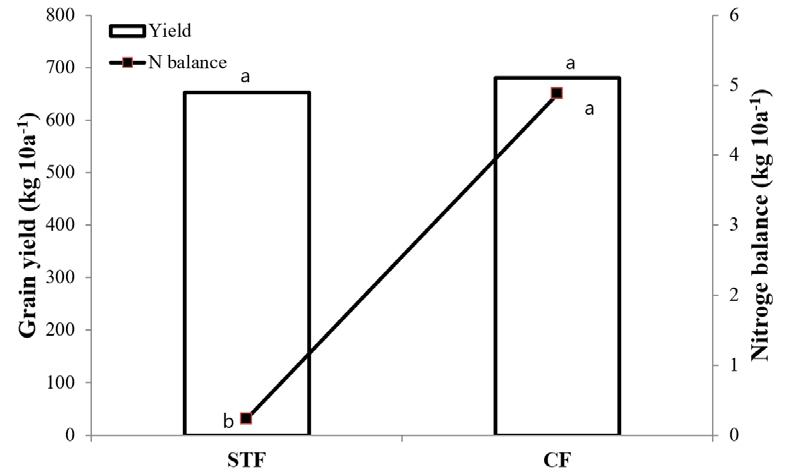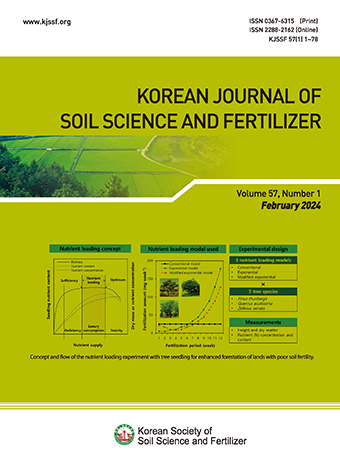Original research article
Abstract
References
Information
Dobermann, A., C. Witt, D. Dawe, H. Gines, R. Nagarajan, S. Satawathananont, T. Son, P. Tan, G. Wang, N. Chien, V. Thoa, C. Phung, P. Stalin, P. Muthukrishnan, V. Ravi, M. Babu, S. Chatuporn, J. Sookthongsa, Q. Sun, and G. Simbahan. 2002. Site-specific nutrient management for intensive rice cropping systems in Asia. Field Crops Res. 74:37-66.
10.1016/S0378-4290(01)00197-6- Publisher :Korean Society of Soil Science and Fertilizer
- Publisher(Ko) :한국토양비료학회
- Journal Title :Korean Journal of Soil Science and Fertilizer
- Journal Title(Ko) :한국토양비료학회 학회지
- Volume : 52
- No :4
- Pages :559-566
- Received Date : 2019-11-04
- Accepted Date : 2019-11-14
- DOI :https://doi.org/10.7745/KJSSF.2019.52.4.559




 Korean Journal of Soil Science and Fertilizer
Korean Journal of Soil Science and Fertilizer








